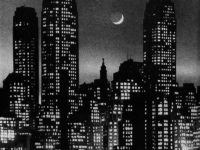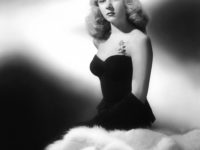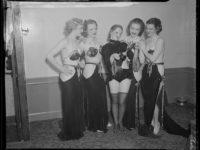Vintage: SS Normandie
The SS Normandie was a French ocean liner built in Saint-Nazaire, France, for the French Line Compagnie Générale Transatlantique. She entered service in 1935 as the largest and fastest passenger ship afloat, crossing the Atlantic in a record 4.14 days, and remains the most powerful steam turbo-electric-propelled passenger ship ever built. At 14:30 on 9 February 1942, sparks from a…

























